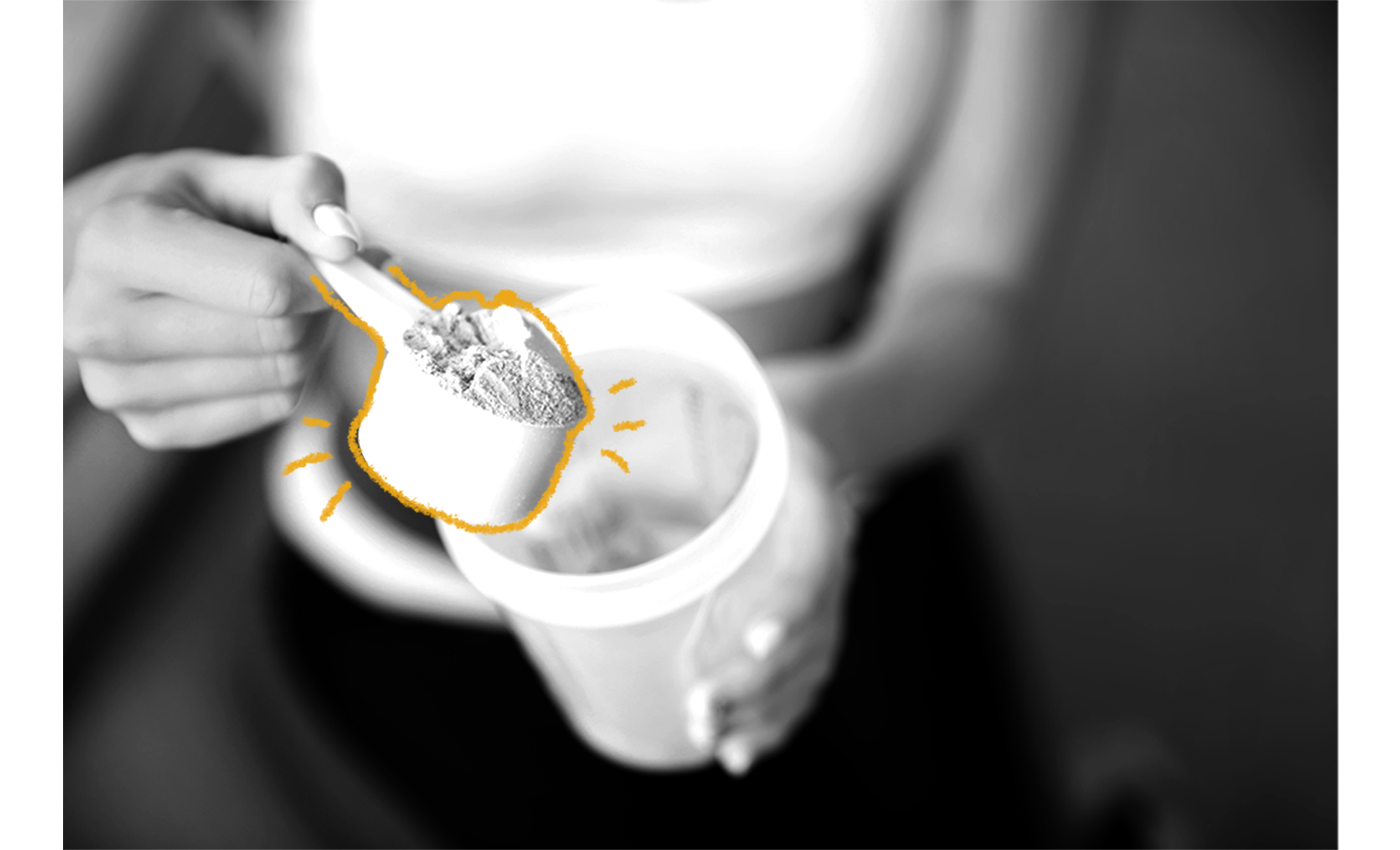The first modern protein powder was created in Germany in the late 19th century. It was called Plasmon and was designed not for athletes, but to help undernourished hospital patients rebuild their strength. But in 1899, a group of British businessmen gained the rights to sell Plasmon in Britain, where they marketed it as an athletic aid. The endorsement of Eugen Sandow, widely considered to be the father of modern bodybuilding, was particularly key in bolstering Plasmon’s popularity in fitness circles. However, when World War I began, importing the ingredients became too difficult and Plasmon disappeared from Britain halfway through the war. Protein powders for athletes didn’t resurface in earnest until December 1950, when supplement salesman Irving Johnson helped re-create the protein powder mania with an article he published in Iron Man magazine entitled ‘Build Bigger Biceps Faster with Food Supplements,’ in which he made many miraculous claims about his protein powder. In 1952, Bob Hoffman began selling his own ‘Hi-Protein’ soy protein powder and later, Joe Weider and several others followed suit. At the end of the 1950s, anabolic steroids began to be used by American weightlifters and consequently, athletes began to appear larger. Many protein powder magnates, including famed coach and protein powder maker Bob Hoffman, began to claim that these gains were due to their protein powders. Additionally, milk-based protein powders returned to the scene in the 1960s when Irvin Johnson changed his name to Rheo H. Blair and began selling his products, which he claimed produced effects similar to anabolic steroids. Soon celebrity bodybuilders were appearing in advertisements for various protein powders and writing essays on their favorite products for magazines. These advertising tactics coupled with a rising public interest in nutrition and the then not well-understood use of anabolic steroids helped solidify the popularity of protein powders in weightlifting and bodybuilding circles. Over time, that popularity crossed over into the rest of the fitness industry. Today, there are many different protein powders on the market and the industry shows no signs of slowing down.

Your go-to guide for weird history facts
Subscribe to the FREE daily email that makes learning about history fun.


